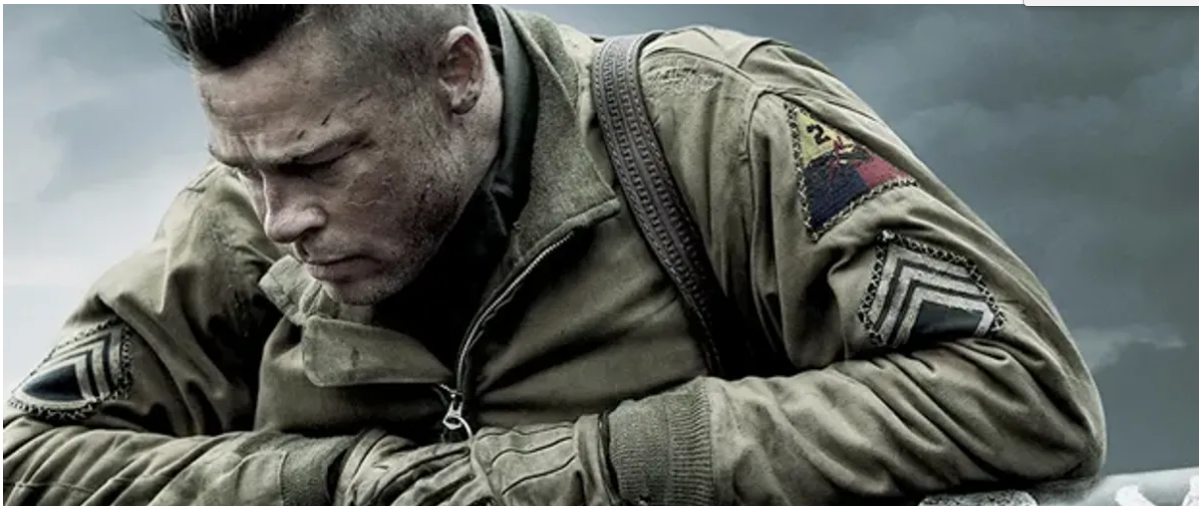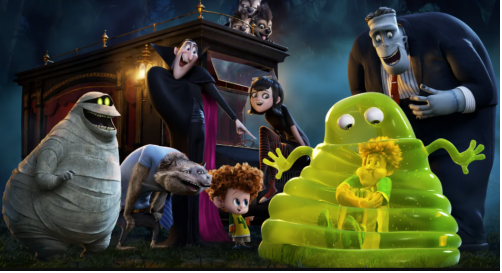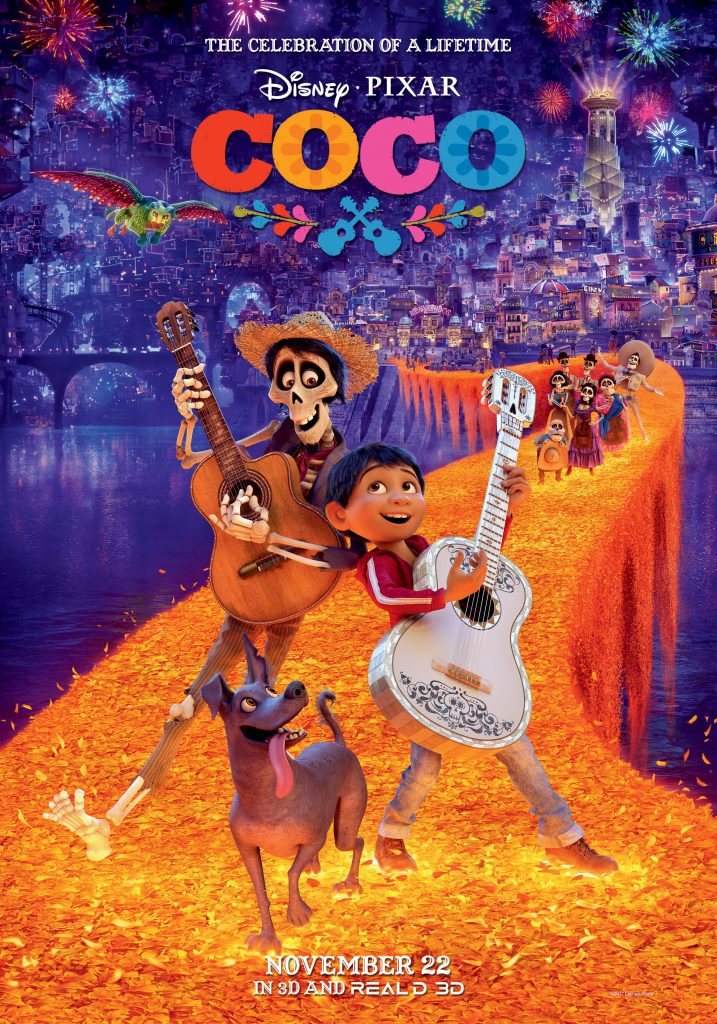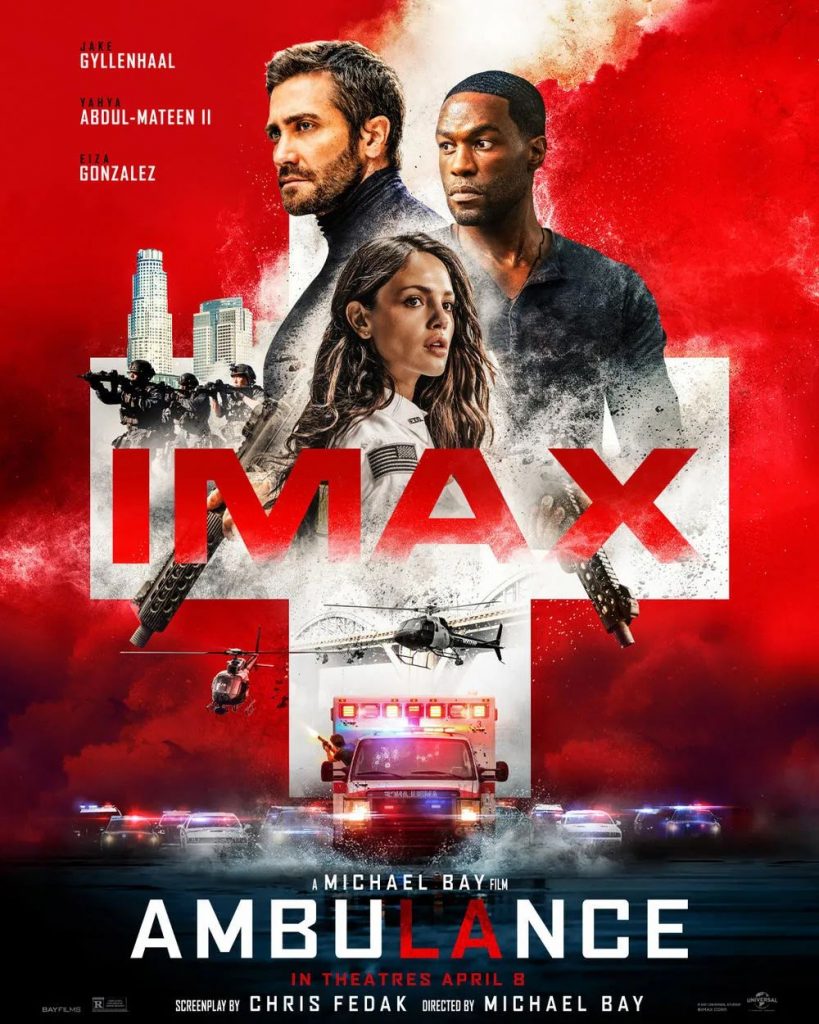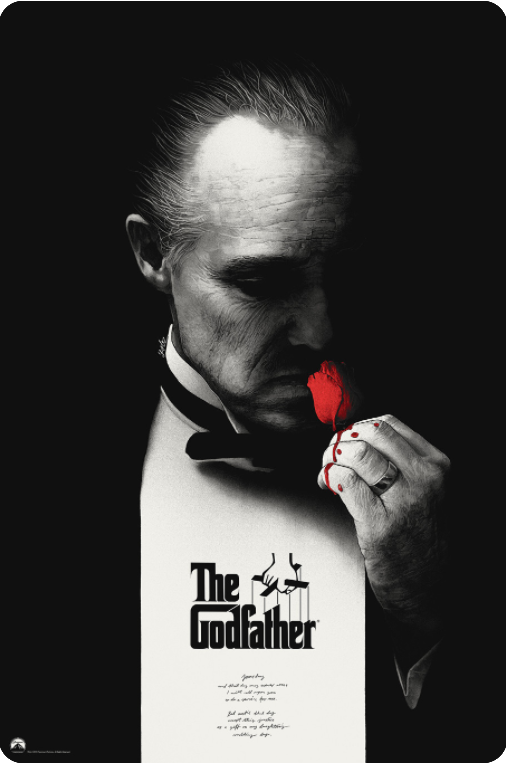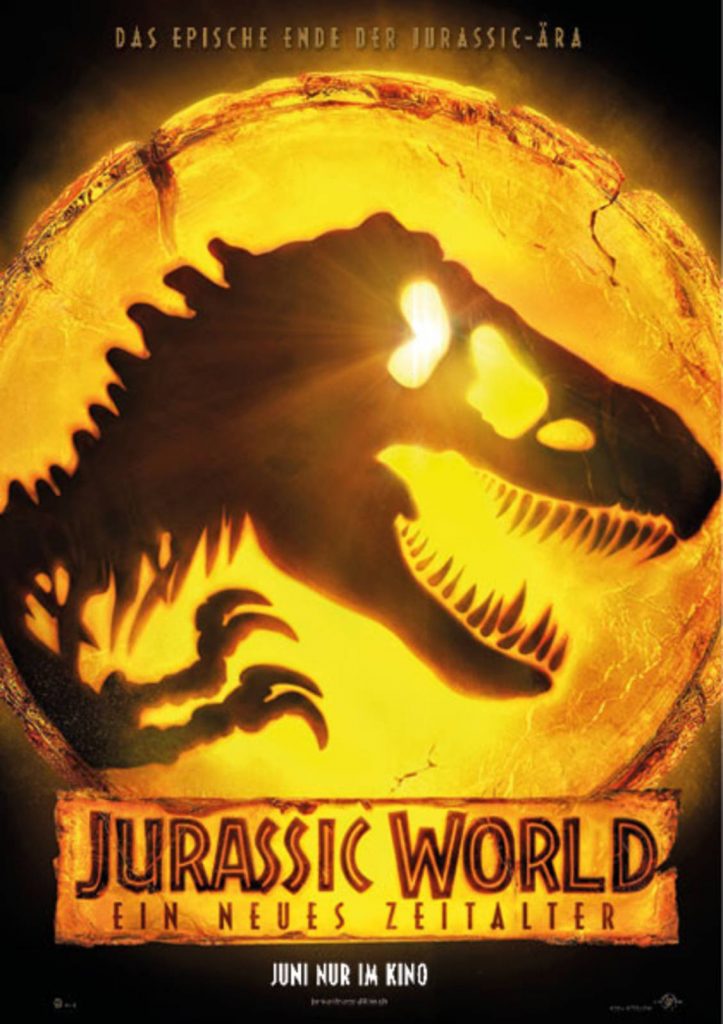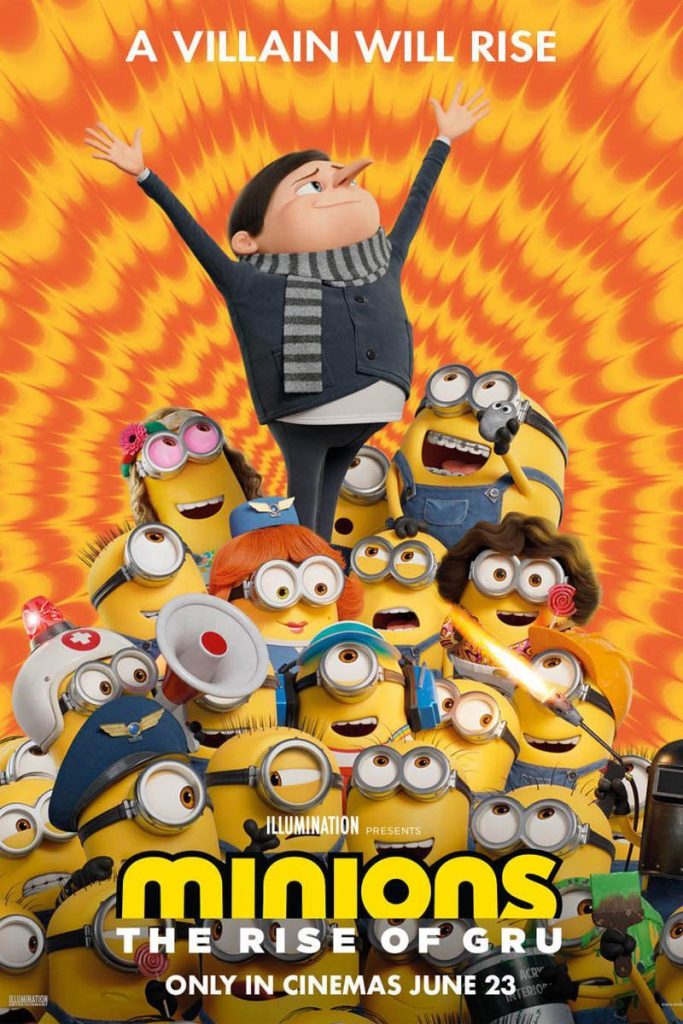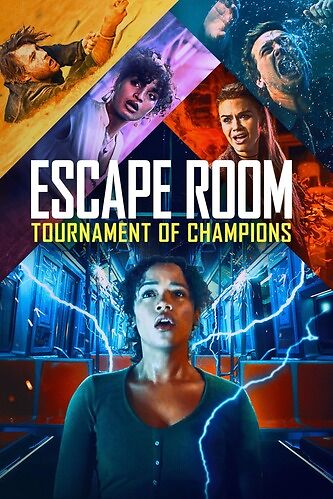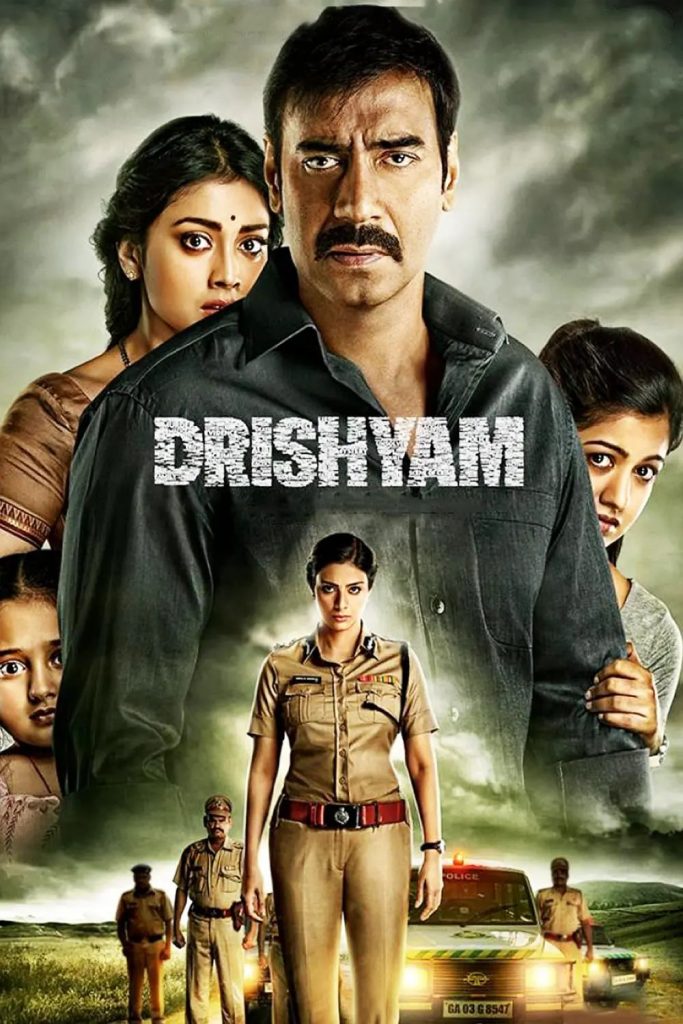If you too are of the mindset that you are not a fan of war films and have not yet seen this film, I am obliged to recommend it to you. For those who have seen it, you can skip this paragraph. This film is about much more than war, so share some background information to set the scene.
Film poster.
The line above, “War never ends quietly”, gives an overall explanation of the story and the core of the film, echoing the film’s title “Rage” below, which is really good copy. Pitt’s face, with its suppressed anger, is far more powerful than the ranting and raving.
Three things to see
1. Antique props: a tank that you’ll want to see even if you don’t want to see the war.
Even if you’re not a fan of Red and White Game Boy’s Tank Battle and don’t know much about WWII army tank equipment, it doesn’t matter.
From a historical perspective alone, there are only six Tiger tanks in existence in the world, housed in six different American, British, Russian and French museums.
The first German Tiger captured by the Allies in WWII and the only one still operational today (this one, number 131, is a Tiger I, captured by the British in Tunisia in 1943 and later transferred to the British Tank Museum in Bavington for restoration), was loaned from the British museum by the film crew for filming on location.
Four other Shermans were also filmed on location, and the interiors of all the tanks were also filmed. The Sherman M4A3E8 of the protagonists, along with several other M4A1s and M4A4s, played an important role in history.
The film was shot without the use of special computer effects, including set architecture, rain and mud, and costumes and props were strictly based on the style of uniforms used back then, with every button and pull tab having its own story. Every button and pull tab has its own story. All of the above is to give you a realistic experience of the winter in Europe in those years.
In the documentary, historians give comparative figures of roughly 50,000 Shermans against 1,500 Tigers in WWII. (After watching the film, you’ll save money on flights, hotels and museum admission to the UK.)
2. The cast: the foursome that you have to see without Pitt.
This play is really not Brad Pitt alone in support, so even if you are not a Pitt fan, you must not escape “Transformers 1-3”, “The Walking Dead”, “Noah’s Ark: Journey to Genesis”, “Crash” these recent years blockbuster.
The Tank 5, apart from Captain Pete, the cannonball filler is also Shaun from The Walking Dead.
The anti-aircraft gunner is Optimus Prime’s yet-to-be-found little brother.
The typist recruit is both the shy teenager from Wallflower Boy and the always-wifeless unlucky son from Noah’s Ark.
The last driver is the door repair guy from Crash. (I don’t know how many tears his muffled screaming face earned at that moment when someone shot his daughter in his arms as if in retaliation to society)
To sum up the staffing, the five men were asked to fight each morning to improve their relationship with each other during the three months of army training before filming began. In the film they will play GIs from different countries, crammed into a tank, fighting together for four years in North Africa, France, Belgium and Germany respectively.
Since these guys have already had their famous roles, people will be worried about skipping scenes. In fact, it’s scary to watch the film directly without knowing the background, because the make-up has made them look plausible.
3. Outside of the war: the civil drama that you have to watch even if you don’t see the martial arts scenes.
It’s still a strong martial arts movie, with tank combat, cover, rescue, one-on-one combat, and a deadly fight at the end.
But what’s remarkable is that there are a lot of interspersed cultural scenes. It is not for lack of money that the film employs these already superb leads, each of whom portrays a character with a different ethnic and faith background. What the director values the most is the entire five-man tank squad, each man’s personality and inner changes reveal the weight that each of them bore during the four years of war.
Whether they talk or are silent, they are expressing their inner feelings, and the most complete performance is that of the new recruit member, a typist who was thrown off the team’s truck in the morning and integrated directly into the tank squad, and who is already fighting to the death with his crew at night. The inner transformation from a kid who won’t turn on kids to a war machine who drinks, kills and sleeps with women is breathtaking at every turn.
The film’s score is by Steven Price, who won the 86th Academy Award for Best Original Score for Gravity last year, and the ending track, “This is My Home”, is a multi-layered piece of melody that mixes sadness, crisis, certainty and relief. It’s a decision we all made together.
Finally, the story is set in April 1945 and is made even more poignant by the American war effort of World War II.
In early 1945, Soviet, American, British and French troops were already fighting on German soil. The Soviets were only 60 kilometres from Berlin, ready to deal a final annihilating blow to the German forces. The data shows the number of casualties in April, thrown in to stay on the average, not in any way declining as we approach the end.
And in April, the soldiers continue to fight with no end in sight, suppressing four years of anger. Every now and then, they make a joke about whether Hitler will sleep with me if I give him a chocolate. In fact, they really had less than a month to wait for the news of Hitler’s suicide.
As the propaganda posters say, wars never end peacefully, the curtain falls before the infinite burden, and the final showdown is bound to be bitter.
The story that follows is all too familiar.
On 30 April 1945, at 3.30 pm, Führer Hitler committed suicide.
At 2:41am on 7 May 1945, Germany announced its surrender and signed an unconditional surrender.
8 May 1945 Late at night, 12:00 pm, German surrender ceremony in Berlin.
